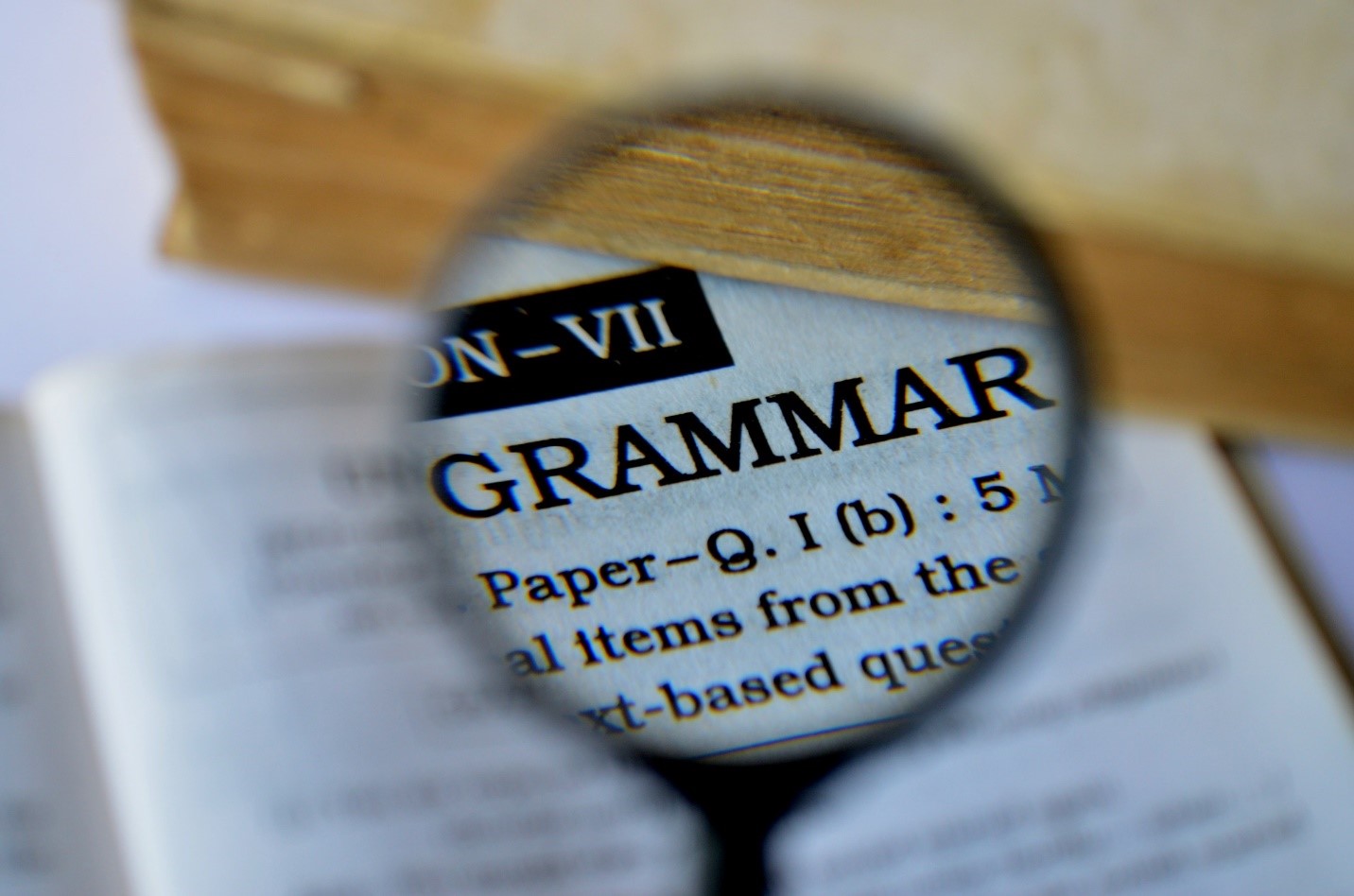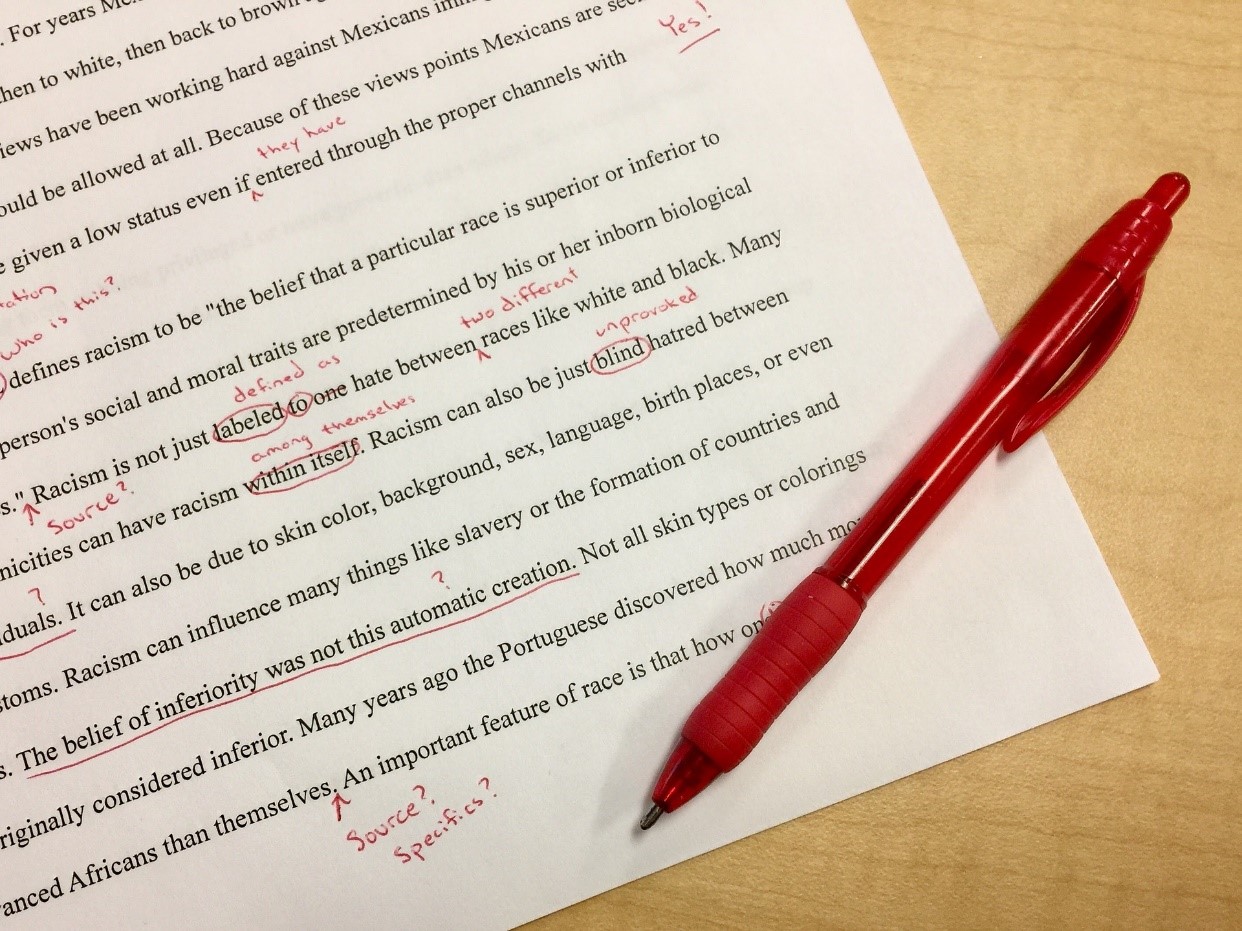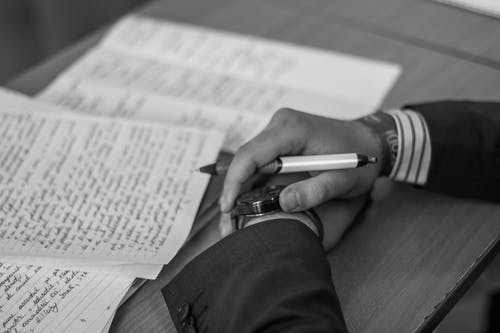
Proofreading Always Counts
PROOFREADING ALWAYS COUNTS
Proofreading Always Counts
In 1904, dressmaker Lena Himmelstein Bryant opened a boutique in New York City. When she opened her business account at the bank, the clerk misspelled her name… and Lena simply rolled with it.

She went on to create something of a dynasty in women’s retail, establishing more than 800 plus-size clothing chains known as Lane Bryant.
If not for a similar situation, we might be googoling things on the internet today. Here’s the story: When the founders brainstormed a name in 1997 for this massive data repository, they settled on “googolplex,” one of the largest describable numbers. They simplified it to “googol” – but then accidentally mistyped it when checking the availability of that domain name.

And so Google was born.
Unlike the other two successes, our brilliant NASA engineers didn’t quite fare so well in 1962.
It turns out that a simple typo in an equation sent the Mariner 1 way off course in its mission to scope out Venus. Mission Control had to abort the trip – and manually blow up the spacecraft – 5 minutes into the flight just because someone forgot an elusive “overbar” above a character.
“The most expensive hyphen in history” (according to British sci-fi writer Arthur C. Clarke) wound up costing about $80 million dollars and prevented us from gaining some understanding of our nearest celestial neighbor.

So apparently proofreading really is rocket science.
Many of us have experienced unfortunate typos, some expensive, some downright funny. Everyone – yes, even a professional writer – benefits from having someone review your writing. But everyone – yes, even a professional writer – is human. Which means we need to expect some amount of human error, even in the most meticulously proofed manuscript.
A Standard Rate?
So, just what is a standard error rate for proofing?
Here’s where hard science flies out the door. Opinion abounds regarding best practices for proofreading and successful error rates, but there’s really not a lot of fact-based evidence on a standard to assess quality proofreading.
Take Amazon, for example. One of the powerhouses in self-publishing and book sales, the online retailer claims to employ a process to flag ebooks for too many typos. They state, “While we are not able to disclose this specific formula, please be informed that an average sized novel … will trigger the quality warning with 10-15 typos.”
That said, Amazon’s process may not catch a lot of things. Their program will not count contextual errors such as “What have you to got to loose?” or a miskeyed proper name like “Tim” Sawyer.
Even the venerable New York Times openly admits to making mistakes. The news outlet has a page on its website that lists corrections per day. Granted, many are factual errors rather than proofreading errors, but they report the occasional typo.
But attempting to nail down an estimate of proofreading success in catching errors remains elusive. Multiple reports include the claim that the industry standard for a professional proofreader is that they should identify 95% of errors on a first pass.
For argument’s sake, let’s say a proofreader corrected 5 items per page in a 300-page manuscript. That would total 1,500 corrections. At the 95% accuracy rate acceptance criteria as listed above, the actual number of errors would have been about 1,580, 80 of which would have been missed. By adding a second proof, with those 80 errors left (95% of which should be caught), the manuscript should then get down to 4 errors.
Sure, this math seems legit… until we consider that to claim that there is an “industry standard” is near-impossible: In order to calculate how “good” the proofread is, we’d have to know how many errors there were in the first place. And knowing that going in feels akin to seeing the future. It might be the only validation to skip the proofing process and rush out to buy a lottery ticket.
6 Tips for catching the most errors during proofreading:
- Don’t proof onscreen.
The human eye functions differently when reading hard copy versus something onscreen. - Go through multiple rounds of proofing.
Akin to “measure twice, cut once,” a second or even third round of proofreading can often discern typos missed in the initial pass. - Have different readers.
Everyone will focus on something unique. - Use a checklist.
Know what to look for, unique to each piece: common errors, data specifications, anything that’s might trigger a typo. - Refer to the style guide.
If the assignment calls for very specific usage, be sure the requirements are available for all proofreading. - Don’t proof your own work.
We’re often too close to the writing to really “see” it.
Related Content
- 3 Comments
Subscribe to Newsletter
- How Can SharePoint Be Used To Organize and Disseminate SOPs?
- Planning the Perfect Genealogy Research Trip: A Step-by-Step Guide
- From Silly to Awesome: How Words Change Meaning Over Time
- The Psychology of Font Choice: How Typography Impacts Content Engagement
- How to Distribute SOPs for Maximum Usability




3 thoughts on “Proofreading Always Counts”
I’m a very meticulous proofreader but I’m different than most proofreaders because I’m quick and confident and self motivated!
Cool article! Merry Christmas Eve night y’all🎄✨🎄✨🎄✨🎄✨🎄✨🎄✨🎄✨🎄✨🎄
Nice one. I will add, do not proofread anything when you are tired. Secondly, proofread everything being served to anyone else … everything including those one paragraph posts you are sending to social media
Great suggestions!! Thanks, Judith!